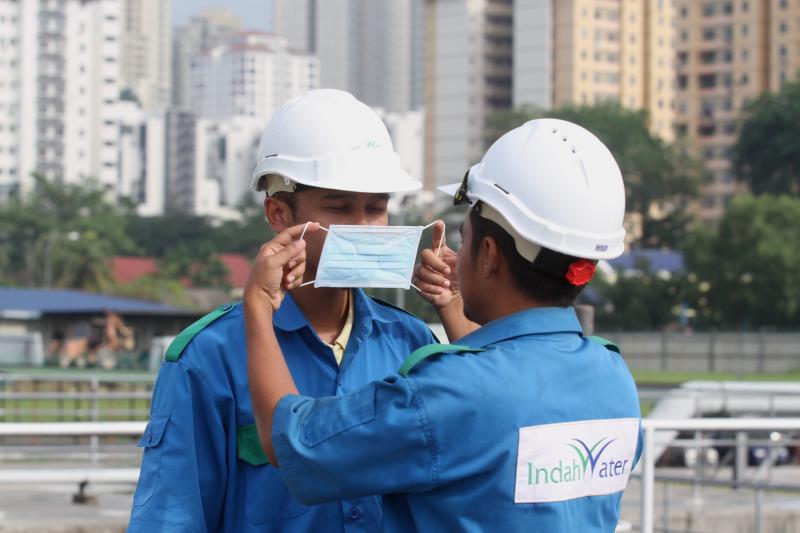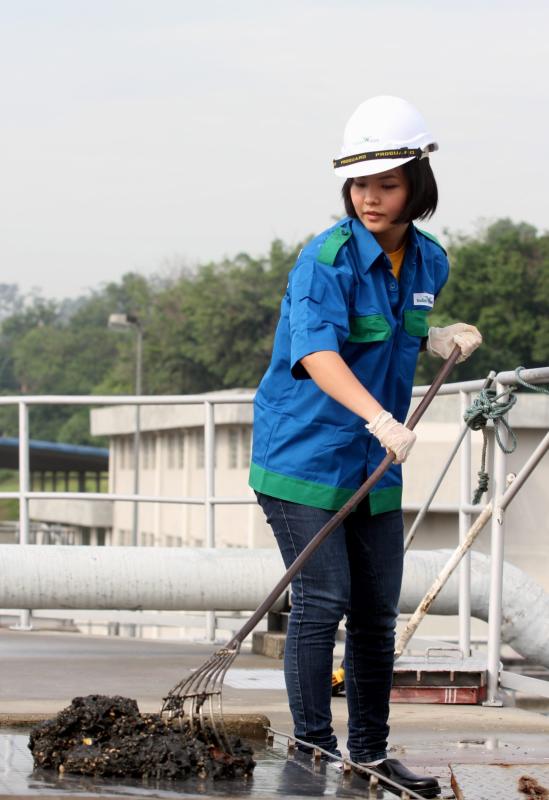It is not easy being an everyday hero.
The next time you complain about your job – while sipping some fancy coffee in an air-conditioned room, think about those who have it hard. Real hard.
As part of #IkonEveryday, a series by R.AGE and the Government Transformation Programme (GTP), our writers had the opportunity to find out just how some of our cities’ unsung heroes go about solving our #FirstWorldProblems, and boy were they difficult.
They tried these heroes’ jobs for a day and here are their stories. Happy Malaysia Day, everyone!
You can also check out the #IkonEveryday teaser videos on YouTube. This series is iand the full video will be launched on Sept 16n conjunction with Malaysia Day.
—————-
Not just going to waste
Location: Pantai Sewage Treatment Facility, KL
Have you ever wondered where your poop ends up?
I always had the impression that sewage tereatment plants would be fully automated and there wouldn’t be the need for workers to manually clean faeces.
But after my trip to the facility two weeks ago, I realised that despite technological advancement, a lot of the equipment at the treatment facilit still requires daily cleaning and maintenance.

At this particular facility, there are 24 blue-collar workers that help to keep the plant going by doing what some might call a “dirty job”.
This involves using brooms to brush the machinery and the less aromatic task of scooping the sediments off the gravity thickener (a part of the sludge treatment to filter sediments such as cigarette butts and human hair).
While I thought the stinky tofu smell would be the main challenge, the actual scooping process turned out to be more of a pain.
The thickener was about 1.5m deep and the rake was not light. So, I had to bend down to scoop which resulted in a backache the following day.
On normal days, there would be one worker who does this task on an hourly basis. For me, just 15 minutes under the tropical sun was no child’s play.
This is a scheduled process for different areas in the Klang Valley and in cases where manholes are clogged, a video camera is used to assess the situation.
According to the workers, the weirdest stuff found in manholes and the facility filters is furniture such as chairs, tables and wardrobes.
A worker will actually have to go down the manhole to remove said item by sawing them into small pieces and hauling them out.
Hence, be responsible before you throw anything and if you think no one is cleaning up the mess you are responsible for, think again. — Christine Cheah


Tell us what you think!